If you think these food trends are just a passing fad, think again. The culinary world is ever-evolving, and as we find ourselves in the midst of 2025’s summer, certain trends have taken the spotlight, reshaping how we think about food. These trends are not only redefining our dining experiences but are also setting the stage for future culinary innovations. Let’s dive into the seven summer food trends you might have missed, each with a profound impact on our plates and palates.
Discover Summer Food Trends
Explore the latest food trends that have emerged this summer and enhance your culinary knowledge.
– Food as medicine highlights the growing focus on nutrition for health benefits, emphasizing ingredients that promote well-being.
– Fermented foods are gaining popularity for their gut health benefits, with options like kimchi and kombucha leading the way.
– Plant-based everything reflects a significant shift towards vegetarian and vegan options, catering to diverse dietary preferences while minimizing environmental impact.
1. Food as Medicine
The concept of food as medicine has gained substantial traction in recent years, but this summer, it has become an integral part of our daily diet. The idea isn’t just a novel trend; it’s a return to ancient wisdom with a modern twist. For centuries, cultures around the world have used food to prevent and treat ailments, and now, this philosophy is making a grand comeback.
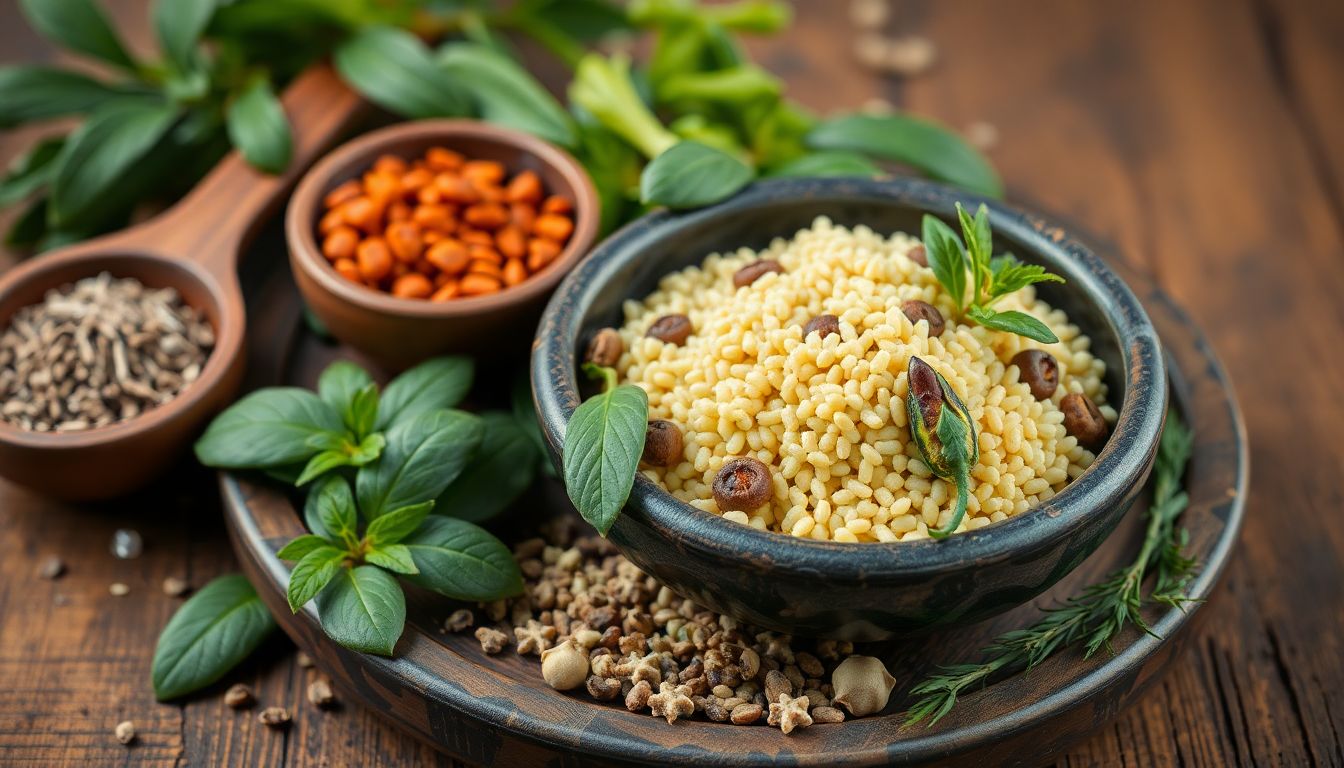
I recall a conversation with my grandmother who would often prepare a concoction of turmeric and ginger whenever someone in the family felt under the weather. Her belief in the healing power of these ingredients was unwavering. Today, nutritionists and chefs are embracing this ethos, creating dishes infused with ingredients like turmeric, ginger, and garlic, known for their anti-inflammatory and immune-boosting properties. This trend is backed by science, with studies highlighting the potential health benefits of such ingredients.
Insider Tip: Dr. Lisa Mosconi, a neuroscientist and nutrition expert, emphasizes the importance of incorporating omega-3 rich foods such as salmon and walnuts into our diets to support brain health.
Incorporating these functional foods into our diets is more than just a health kick; it’s a lifestyle choice. Restaurants are increasingly offering menus that highlight these ingredients, and consumers are responding positively. The demand for functional foods is expected to grow, with the global market projected to reach $275 billion by 2027, according to a report by Grand View Research. This trend is not just here for the summer; it’s here to stay.
Personal Experience: Embracing Food as Medicine
A couple of summers ago, I found myself grappling with fatigue and frequent headaches. After consulting my doctor, I learned that my diet was lacking essential nutrients. This prompted me to explore the concept of “food as medicine.”
I started my journey by incorporating more whole foods into my meals. For breakfast, I replaced sugary cereals with a smoothie packed with spinach, bananas, and chia seeds—ingredients rich in vitamins and omega-3s. Lunchtime became an adventure with hearty salads filled with colorful vegetables, seeds, and legumes. I even discovered the benefits of turmeric and ginger, adding them to my cooking to fight inflammation.
The results were staggering. Within weeks, my energy levels soared, and my headaches diminished. I realized that what I consumed played a crucial role in my overall well-being. I began sharing my newfound knowledge with friends and family, and we often experimented together with recipes that emphasized healing ingredients.
This personal experience not only transformed my health but also reinforced the idea that food can be a powerful tool for wellness. As summer trends lean towards food as medicine, I encourage everyone to explore how the meals they prepare can nourish both their bodies and minds.
2. Fermented Foods
Fermentation is an ancient preservation technique that has found a new audience in today’s health-conscious consumers. This summer, fermented foods are more popular than ever, thanks to their probiotic benefits and unique flavors. The tangy taste of kimchi, sauerkraut, and kombucha has captivated taste buds globally, and they’re not just for the health nuts anymore.
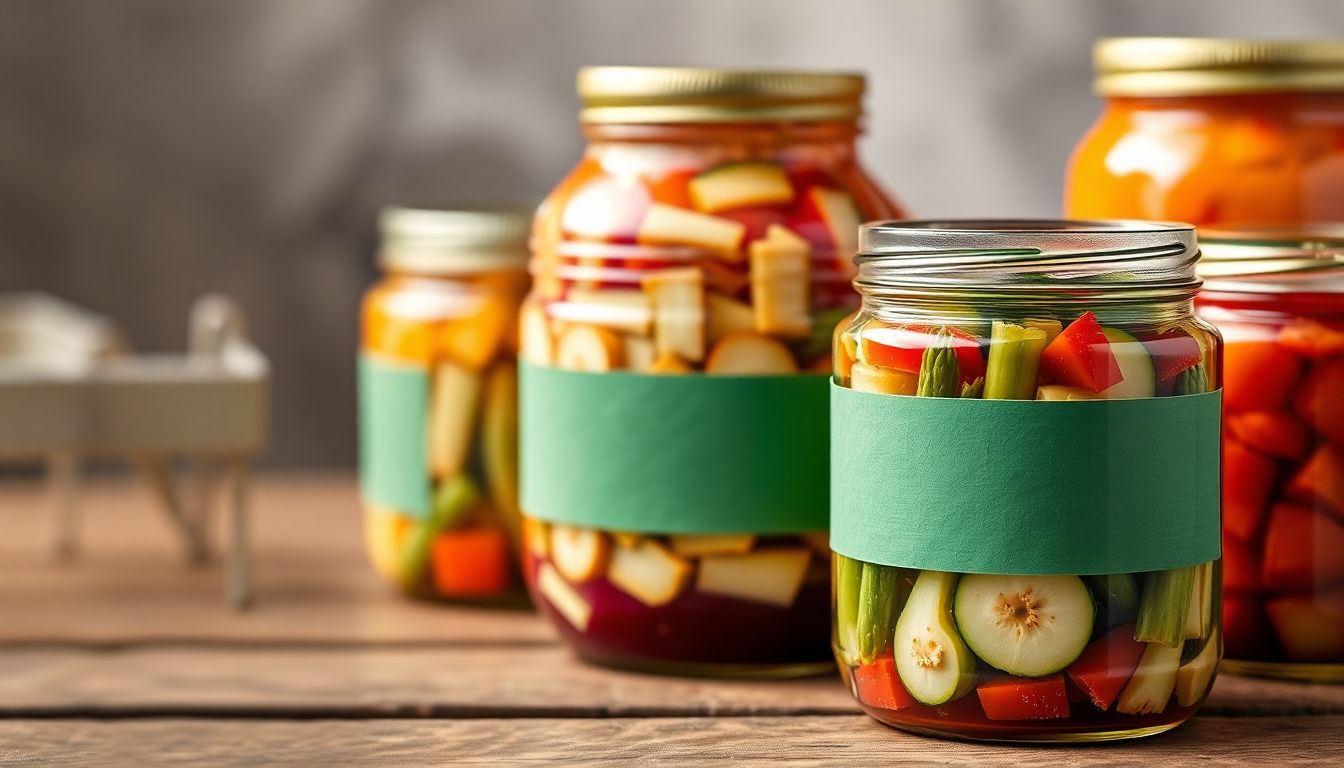
I remember my first encounter with kimchi during a trip to South Korea. The bold, spicy flavors were unlike anything I had tasted before, and I was hooked. Today, fermented foods have become a staple in my diet, not just for their taste but for their gut health benefits. There’s robust evidence supporting the role of probiotics in improving digestion and boosting immunity.
Insider Tip: Fermentation expert Sandor Katz suggests experimenting with different vegetables and spices to create your own unique fermented creations at home.
The fermented food market is booming, with a report by MarketsandMarkets predicting it will reach $875 billion by 2025. This trend isn’t just about health; it’s about flavor exploration and cultural appreciation. As more people become aware of the benefits and versatility of fermented foods, their popularity will undoubtedly continue to rise.
3. Plant-Based Everything
The plant-based movement is no longer a niche market; it has gone mainstream, and this summer, it’s all about plant-based everything. From plant-based burgers to dairy-free cheeses, the options are endless, catering to vegans, vegetarians, and flexitarians alike.

My journey into plant-based eating started when I decided to try a plant-based challenge for a month. To my surprise, I discovered a whole new world of flavors and textures that I hadn’t experienced before. The challenge turned into a lifestyle change, and I haven’t looked back since.
Insider Tip: Chef Chloe Coscarelli, a pioneer in vegan cuisine, recommends incorporating a variety of plant proteins like beans, lentils, and quinoa to ensure a balanced diet.
Statistics from the Plant Based Foods Association show that the plant-based food sector is growing at a rate of 11% annually, compared to the 2% growth of the overall food market. This trend is driven by increasing consumer awareness of the environmental impact of animal agriculture and the health benefits of a plant-based diet. With more innovative products hitting the market, the plant-based trend is set to continue its upward trajectory.
4. Food Waste
The issue of food waste has never been more critical, and this summer, it’s at the forefront of culinary conversations. Chefs and consumers alike are embracing creative solutions to reduce waste, from root-to-stem cooking to upcycling food scraps into delicious dishes.
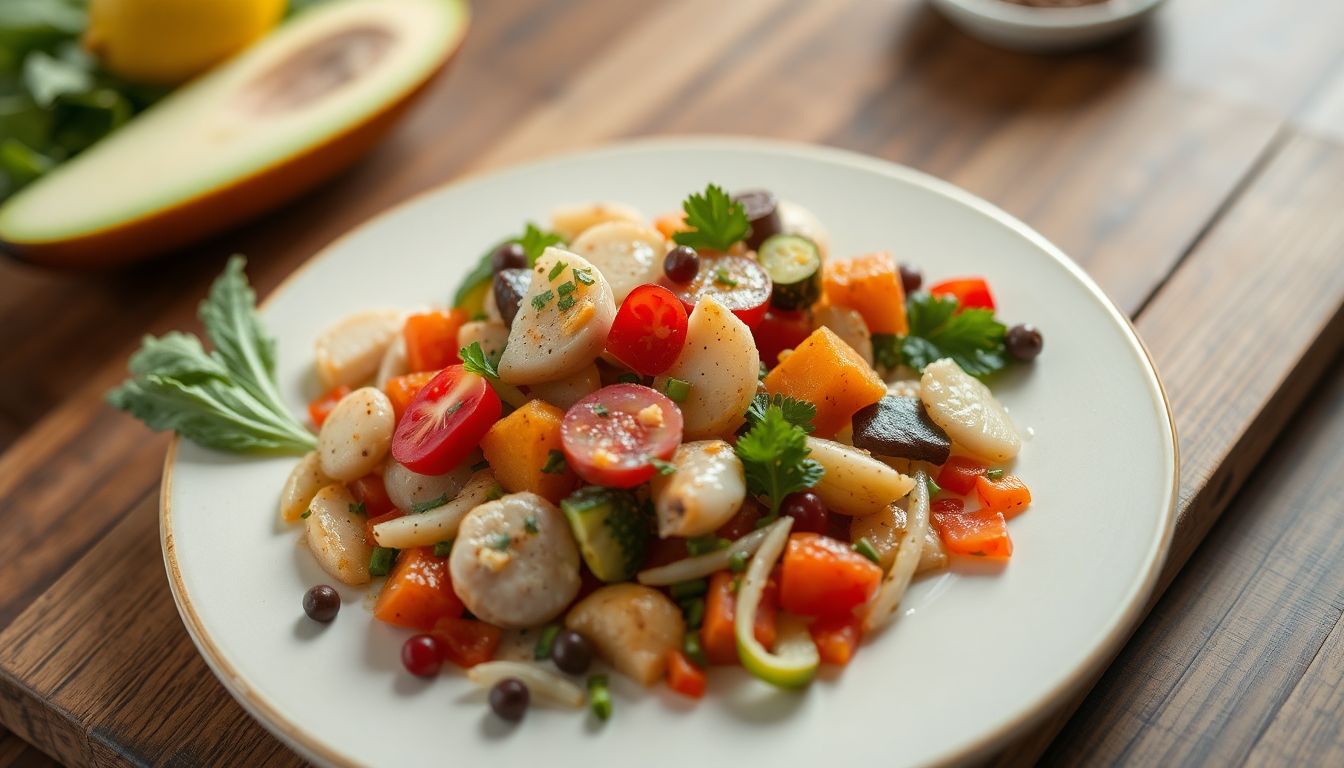
During a visit to a local restaurant, I was intrigued by a dish made from carrot tops and beet greens. It was a revelation to see “waste” transformed into a culinary delight. This experience opened my eyes to the possibilities of reducing food waste in my own kitchen.
Insider Tip: Dan Barber, a celebrated chef and advocate for sustainable cooking, suggests planning meals around what’s in season and using every part of the ingredient to minimize waste.
According to the Food and Agriculture Organization, one-third of all food produced globally is wasted. This staggering statistic has spurred initiatives to tackle the problem. The fight against food waste is not just a trend; it’s a necessity for sustainability. By embracing this movement, we’re not only helping the environment but also discovering new culinary innovations.
5. Global Cuisine
This summer, the culinary world is embracing global flavors like never before. From the fiery spices of Ethiopian cuisine to the fragrant herbs of Middle Eastern dishes, there’s a growing appetite for international flavors that transport us to distant lands.
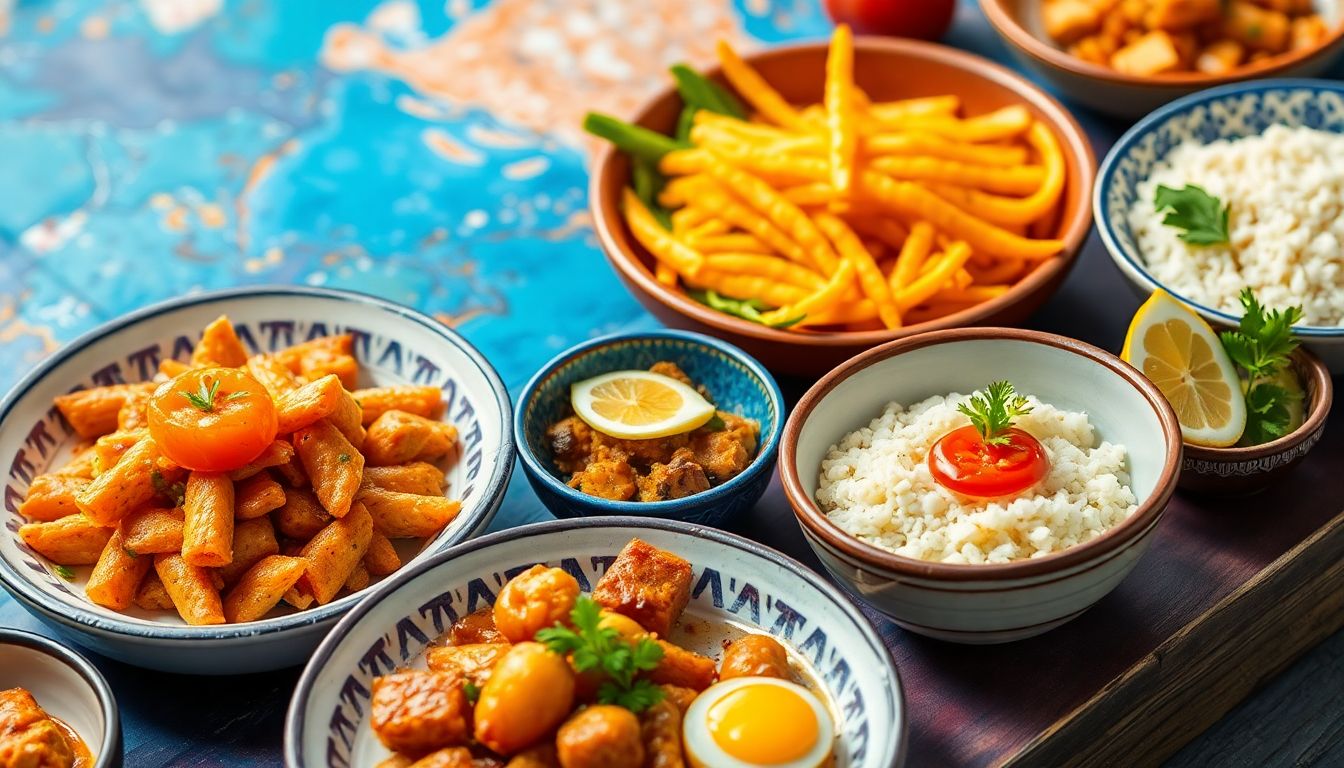
I fondly remember a summer spent exploring street food in Thailand, where each dish was a burst of flavor that told a story of its cultural heritage. This experience ignited my passion for global cuisine, and I now find myself constantly experimenting with new spices and ingredients.
Insider Tip: Food writer and cookbook author Yotam Ottolenghi advises home cooks to be bold and adventurous with their spice rack, incorporating ingredients like sumac, za’atar, and harissa to elevate their dishes.
The global food market is thriving, with Technavio predicting it will grow by $15 billion from 2021-2025. This trend reflects a desire for cultural exploration and culinary diversity, driven by travel restrictions and a curiosity for new experiences. As more people seek out international flavors, global cuisine will continue to influence our culinary landscape.
6. Low and No Alcohol
The low and no alcohol trend is making waves this summer, as consumers seek healthier alternatives without compromising on flavor. From craft mocktails to alcohol-free spirits, the market for low and no alcohol beverages is flourishing.

I first noticed this trend during a friend’s birthday party, where the host served a variety of creative mocktails that were just as sophisticated and flavorful as their alcoholic counterparts. It was a refreshing change, and I found myself enjoying the social aspect without the after-effects of alcohol.
Insider Tip: Bartender and mixologist Ryan Chetiyawardana, known as Mr Lyan, suggests using fresh herbs and fruits to create complex flavors in non-alcoholic drinks.
According to a report by IWSR, the low and no alcohol market is expected to grow by 31% by 2024. This trend is driven by a shift towards mindful drinking and a focus on wellness. As consumers become more health-conscious, the demand for innovative, flavorful non-alcoholic options will continue to grow.
7. Superfoods
Superfoods have been a buzzword for years, but this summer, they’re taking center stage as consumers seek nutrient-dense ingredients to boost their health and wellbeing. From acai berries to spirulina, these powerhouse ingredients are being incorporated into a variety of dishes and beverages.
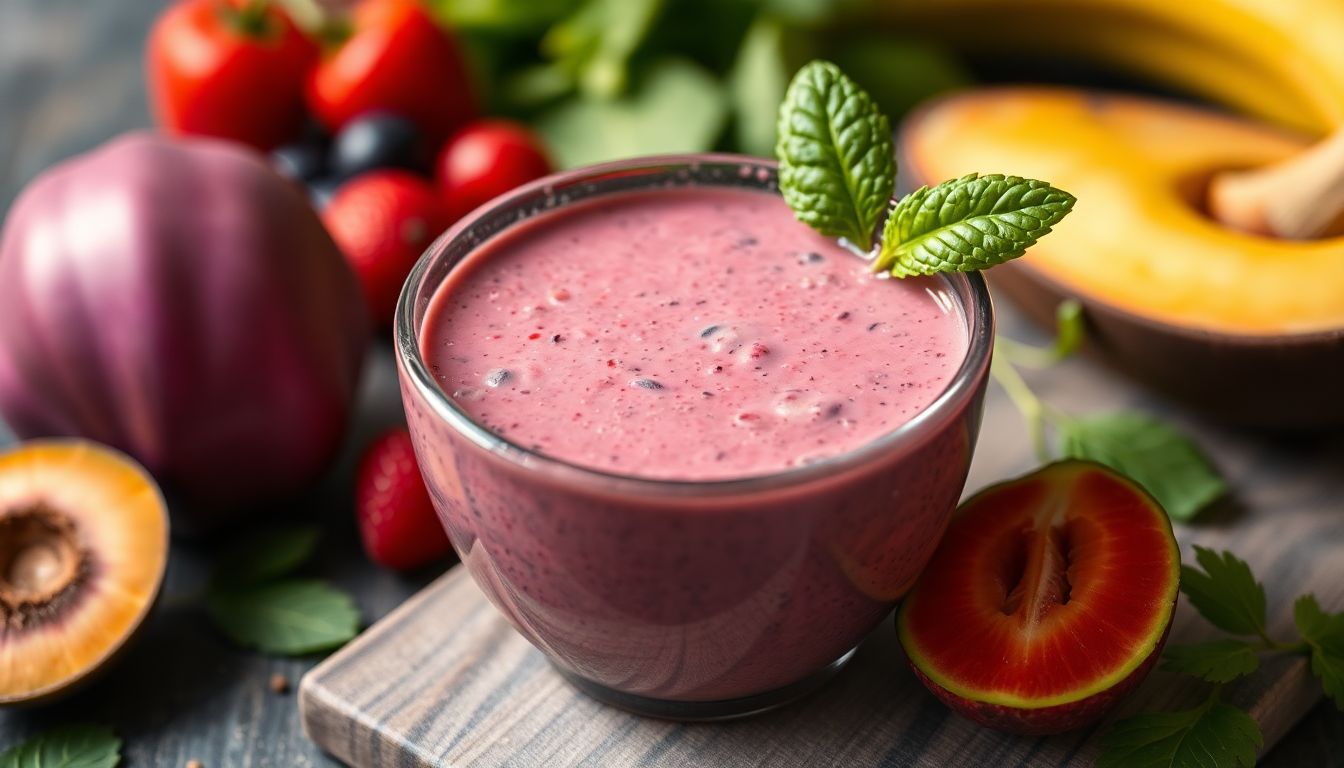
I remember trying my first acai bowl at a beachside café, intrigued by its vibrant color and promise of health benefits. The experience was not only delicious but also invigorating, inspiring me to incorporate more superfoods into my diet.
Insider Tip: Nutritionist and author Dr. Josh Axe recommends incorporating a variety of superfoods into your diet to ensure a wide range of nutrients and health benefits.
The superfood market is projected to reach $209 billion by 2027, according to Allied Market Research. This trend is driven by a desire for natural, nutrient-rich foods that support overall health. As consumers become more informed about the benefits of superfoods, their popularity will continue to soar.
In conclusion, these seven summer food trends are not merely seasonal fads; they’re shaping the future of our culinary landscape. Whether it’s embracing the healing power of food, exploring global flavors, or reducing food waste, these trends reflect a shift towards mindful, sustainable, and adventurous eating. As we continue to navigate the ever-changing world of food, these trends offer a glimpse into the exciting possibilities that lie ahead.
For further insights into how these trends are impacting the food industry, check out this in-depth article from the Food Business News. Whether you’re a foodie, a chef, or simply someone who enjoys a good meal, these trends offer something for everyone. Let’s embrace the change and savor the flavors of this vibrant culinary season.
Questions and Answers
What are the 7 summer food trends you might have missed?
The trends include plant-based dishes, global flavors, and more.
Who sets the summer food trends we should pay attention to?
Influential chefs, food bloggers, and culinary experts shape these trends.
How can I incorporate these summer food trends into my meals?
You can try new recipes or visit restaurants featuring trendy dishes.
Why should I care about summer food trends this year?
Staying updated helps you enjoy diverse flavors and impress guests.
What if I don’t like some of the food trends mentioned?
You can always adapt trends to suit your taste preferences or dietary needs.
Are these summer food trends suitable for all dietary restrictions?
Many trends offer flexible options, including vegan and gluten-free choices.